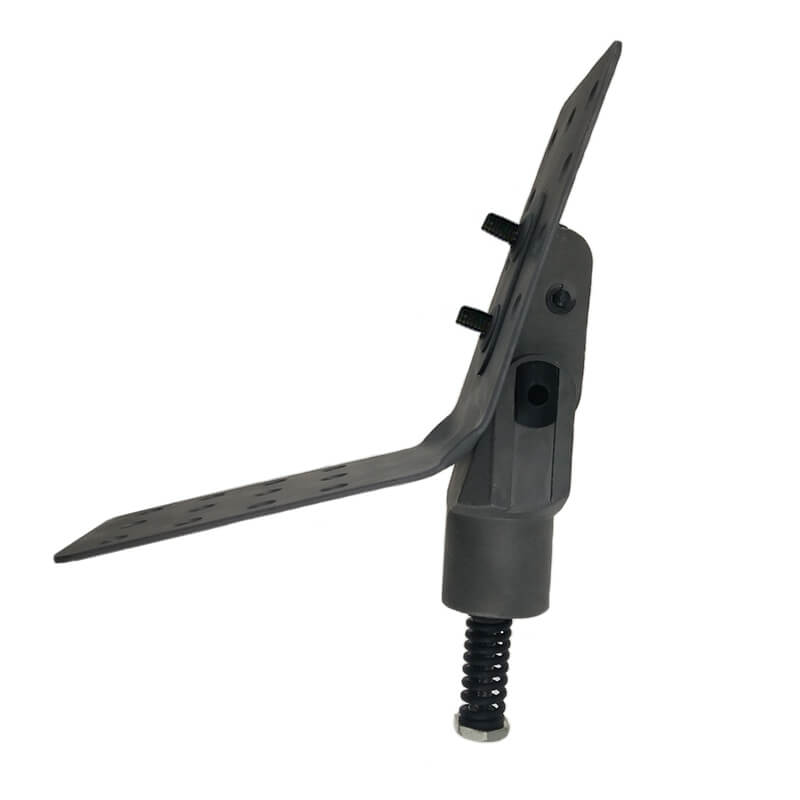How does the hip joint work?
The hip joint is a remarkable and complex joint that plays a crucial role in human mobility. It is a ball-and-socket joint formed by the femur (thigh bone) and the acetabulum (socket) of the pelvis. Understanding how the hip joint works requires examining its structure, the surrounding tissues, and the biomechanics involved.

Structure of the Hip Joint:
The head of the femur forms the ball part of the joint, while the acetabulum forms the socket. The articulating surfaces are covered with smooth cartilage, allowing for frictionless movement. The joint is surrounded by a joint capsule, which encloses the joint and contains synovial fluid, providing lubrication for smooth movement.
Ligaments and Muscles:
The hip joint is supported by several ligaments that provide stability and limit excessive movement. The ligaments include the iliofemoral ligament, pubofemoral ligament, and ischiofemoral ligament. These ligaments help prevent dislocation of the joint and maintain proper alignment.
The muscles around the hip joint play a significant role in its movement and stability. The major muscles involved include the gluteus maximus, gluteus medius, gluteus minimus, hip flexors (iliopsoas), and hip adductors. These muscles work together to control movement, maintain balance, and support the joint during weight-bearing activities.
Biomechanics of the Hip Joint:
The hip joint allows for a wide range of movement, including flexion, extension, abduction, adduction, internal rotation, and external rotation. The movement is facilitated by the unique shape and design of the joint surfaces.
During hip flexion, the thigh bone moves forward, bringing the knee closer to the chest. This movement is commonly observed when walking, running, or sitting. Hip extension, on the other hand, involves moving the thigh bone backward, such as when pushing the leg backward during walking or running.
Abduction and adduction refer to the movement of the leg away from and towards the body's midline, respectively. These movements allow for sideways movement of the leg. For example, during hip abduction, the leg moves away from the body, as in spreading the legs apart.
Internal and external rotation involve the rotation of the thigh bone within the socket of the hip joint. Internal rotation refers to the rotation of the thigh bone inward, while external rotation involves the rotation of the thigh bone outward.
The hip joint also plays a crucial role in weight-bearing activities. When we stand, walk, or run, the joint absorbs and distributes forces, providing stability and support. The smooth articulation between the femur and the acetabulum allows for efficient transmission of forces and minimizes wear and tear on the joint surfaces.
In summary, the hip joint is a complex ball-and-socket joint that enables a wide range of movements, provides stability, and supports weight-bearing activities. Its structure, ligaments, and surrounding muscles work together to facilitate smooth and controlled movement. Understanding the mechanics of the hip joint can help in maintaining its health, preventing injuries, and optimizing mobility.
319
0
0

Comments
All Comments (0)